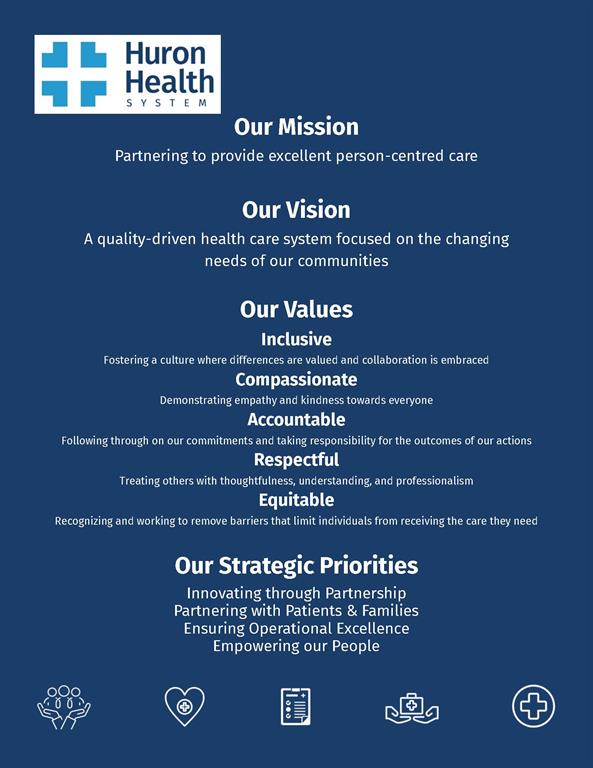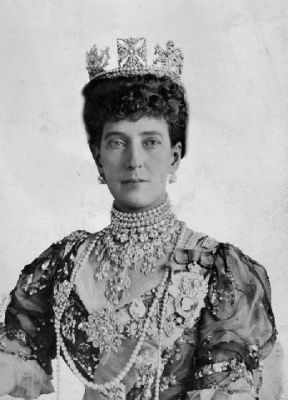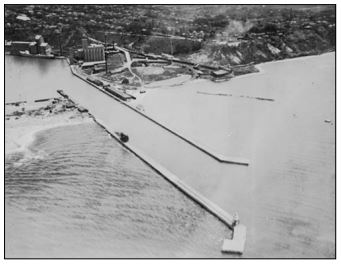Our Framework
Alexandra Marine & General Hospital’s Mission, Vision and Values provide a shared direction for the AMGH Team. They define our identity as an organization and serve as a shared understanding of who we are, where we are going, how we will get there and the values we will apply on our journey.

How the name
Alexandra Marine & General Hospital
was chosen

Alexandra Caroline Mary Charlotte Louse Julie Oldenburg, was born on December 1, 1844 in Copenhagen, Denmark, the daughter of Christian IX, King of Denmark and Louise Hesse-Kessel. She was married to Albert Edward Saxe-Coburg, son of Queen Vistori of England, on March 19, 1863 in St. George's Chapel, Windsor, England, at the age of 18.
On the death of Queen Victoria, Edward became King Edward VII. Coronation services were held in Westminster Abbey on August 9, 1902, just about the time of the opening of the Goderich Hospital.
Their 5 children were Albert Saxe-Coburg, who later reigned King George V; Louise. Princess Royal; Victoria; Maud, Queen of Norway and John Saxe-Coburg.
When her husband, Edward VII, appointed Alexandra to the Order of the Garter, she became the first woman in the Order since Henry VII's daughters. She was a beautiful, charming lady.
Alexandra contracted rheumatic fever after the birth of their third child, which left her with a limp. She died after having a heart attack at the age of 81 on November 20, 1925, at Sandringham, Norfolk, England. She is buried in Windsor.
Alexandra Marine and General Hospital was named in honour of this lovely Queen.
Why the Hospital is called "Marine"
Goderich was one of twelve Port hospitals named "Marine". The only reason hospitals existed was to serve the indigent and the poor, the wealthy had private hospitals or were looked after at home. In Goderich there was a "lying-in" hospital to care for new mothers and babies.
The Marine Hospitals catered to sailors on ships. In Goderich, according to historian Peter Sturdy, Captain Babb, who ran the Ocean House at the Harbour, would take up a collection from time to time for the hospital, to insure that good care would be provided for the sailors.

Goderich Harbour 1919
The meaning of "General" in the name of our hospital
In the late 19th Century, a voluntary public general hospital was conceived as a charitable institution for the care of the sick and homeless poor.
Provision was made for the admission of indigent and other patients suitable for free treatment. Indigent patients required a signed certificate of admission from the elected head (reeve, mayor, warden) of any municipality, eligible through its financial support of the hospital, to nominate patients for admission.
Any person could be nominated for free treatment by an individual, society or business which had contributed sufficient funds to the trust to qualify for the right to nominate patients. A donation of $100 usually entitled the contributor to nominate patients for the equivalent of one patient-year of treatment. This helped to discourage long-stay, non-paying patients from tying up beds needed for acute care.
At that time, no respectable person who could afford private medical care would willingly set foot in a hospital, if only out of fear of contracting an illness, more life-threatening than the reason for admission.
Some public general hospitals were municipal institutions; others were sponsored by religious orders; most were the creations of voluntary committees of public-spirited citizens.